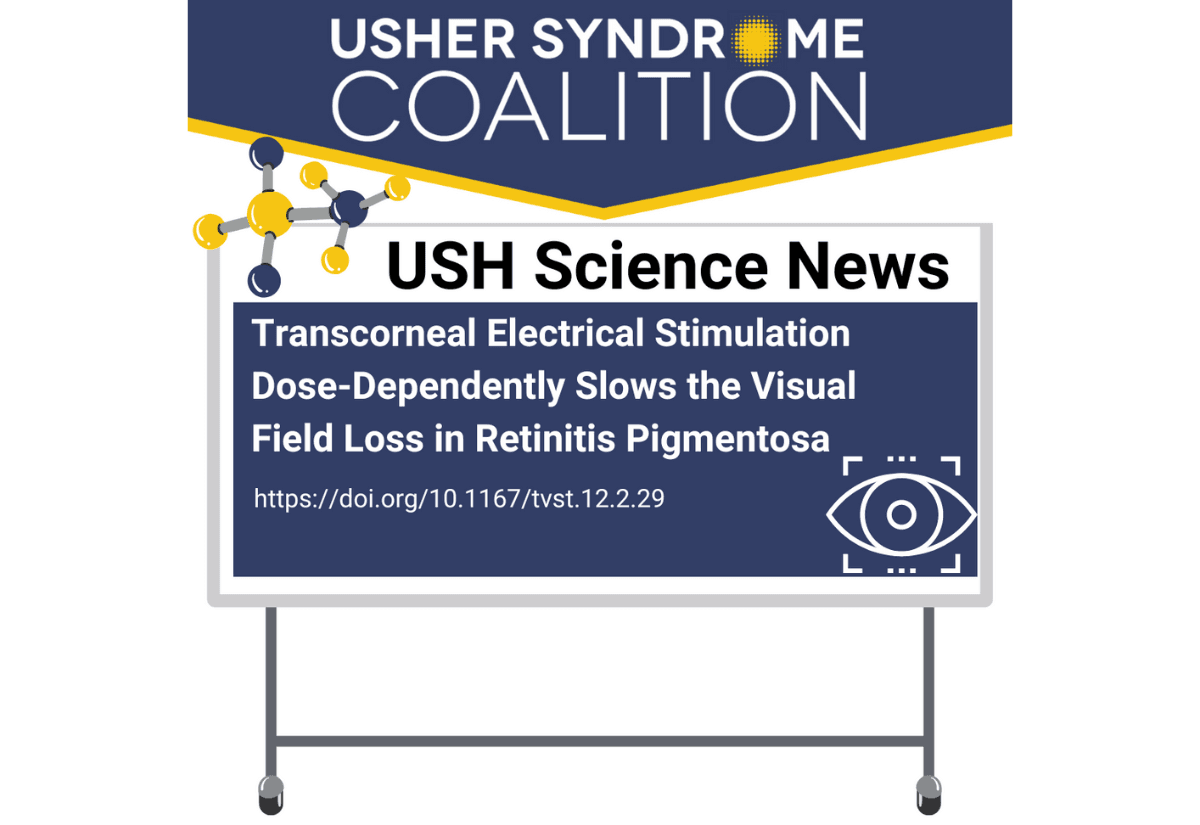
A publication from February 1, 2023, outlines a study of transcorneal electrical stimulation (TcES) as a means to slow the progression of visual field loss in patients with retinitis pigmentosa (RP).
TcES is thought to activate neuroprotective factors and pathways in the retina to enhance survival of the photoreceptors, thus reducing the disease progression. The exact mechanism of action is not yet fully understood however, the authors suggest that the electrical stimulation activates antiapoptotic and neuroprotective pathways and suppresses inflammatory signaling pathways, thus producing a cell-preserving effect in the retina. Preliminary results from previous studies showed increased blood flow to the central retina, increased oxygen consumption, increased visual acuity, slowed visual field loss, and shortened electroretinography latencies.
This clinical study used multiple levels of stimulation intensity for TcES to evaluate whether there is a correlation between intensity and disease progression.
The study design included random assignments of treatment: Biphasic current pulses were applied transcorneally. Some patients received placebo stimulation, others received stimulation at 150-200% of the current strength at which perception of light is elicited. Treatment was performed monocularly, the other eye served as the control. Treatment was applied for 30 minutes once per week for one year. Disease progression was measured using the Goldmann visual field test.
Results from this study of 51 patients with RP appear to be promising, suggesting that TcES can slow visual field loss in patients with RP. The slowing effect of TcES on visual field loss showed a statistically significant inverse correlation between stimulus intensity and progression of visual field loss. The mean annual decline of visual field for TcES treated eyes was ~4.1%, with some patients as low as ~3.5%, whereas the placebo treated eyes showed a mean decline of ~7.2%, with some patients as high as ~12%. The study also showed no evidence that the efficacy of treatment depends on the initial extent of visual field area (VFA) loss. This suggests that the treatment may be effective across a range of RP progression.
The authors conclude that TcES is an effective and safe method to slow RP progression and that TcES shows promise as a clinically viable treatment for RP. Further research needs to be done to support the causative relationship between this therapy and RP progression.
Link to original article: https://pubmed.ncbi.nlm.nih.gov/36809335/
The Usher Syndrome Coalition does not provide medical advice nor promote treatment methods. USH Science News is intended to help summarize more complex literature for the community to use at their own discretion.








